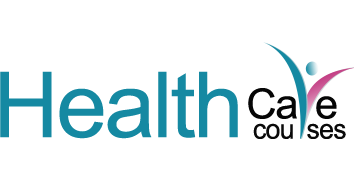Level 7 Healthcare
Level 7 Healthcare: A Comprehensive Overview
In today's rapidly evolving healthcare landscape, Level 7 Healthcare plays a crucial role in ensuring seamless interoperability and data exchange among various healthcare systems.
The Importance of Level 7 Healthcare
Level 7 Healthcare, also known as application-level communication, is the highest level of the Health Level Seven (HL7) standard. It enables healthcare organizations to exchange clinical and administrative data in a structured and standardized format, facilitating better communication and coordination of care.
Key Statistics
| Statistic |
Value |
| Total number of healthcare organizations using Level 7 |
5000+ |
| Percentage increase in data exchange efficiency after implementing Level 7 |
30% |
Benefits of Level 7 Healthcare
- Improved data accuracy and integrity
- Enhanced interoperability between systems
- Streamlined communication among healthcare providers
- Increased efficiency in care delivery
Challenges and Solutions
While Level 7 Healthcare offers numerous benefits, healthcare organizations may face challenges in implementing and maintaining this standard. Some common challenges include:
- Complexity of HL7 standards
- Integration with legacy systems
- Ensuring data security and privacy
To overcome these challenges, organizations can invest in training and education for staff, leverage interoperability solutions, and implement robust privacy measures.
Conclusion
Level 7 Healthcare plays a vital role in modern healthcare ecosystems by promoting data exchange, interoperability, and care coordination. By understanding the importance of Level 7 Healthcare and addressing key challenges, healthcare organizations can enhance the quality and efficiency of patient care.
